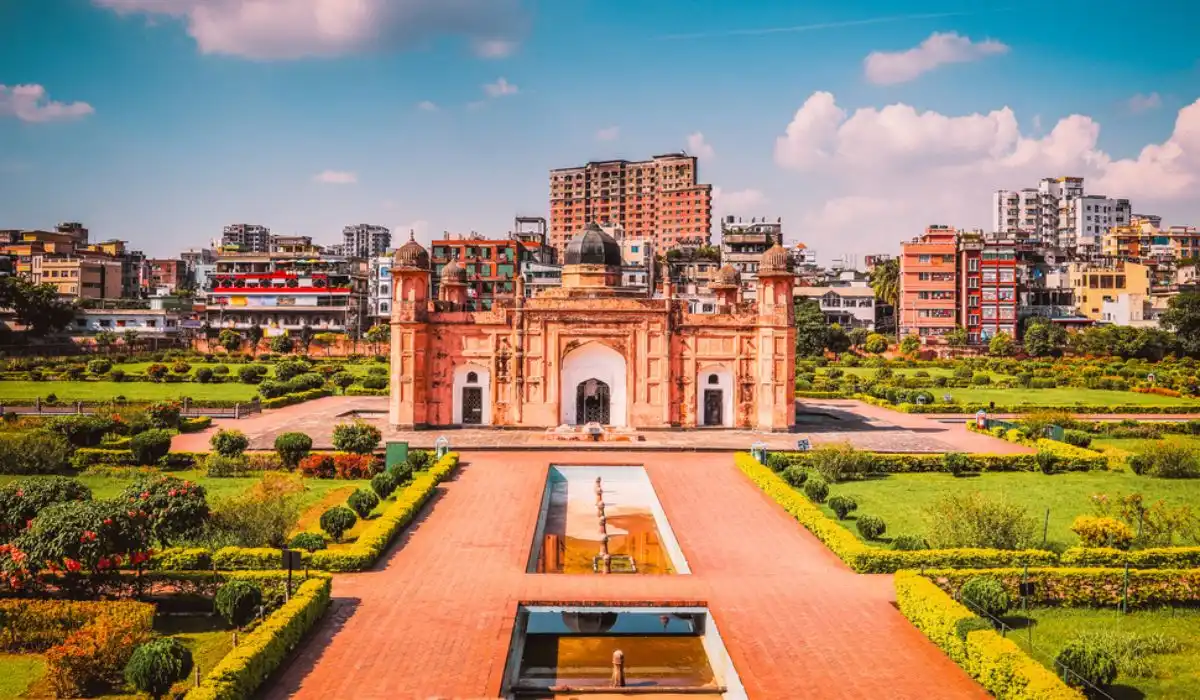A Local’s Perspective: Experiencing Authentic Myanmar

When travelers think of Myanmar, images of golden temples, serene monks, and the iconic hot air balloons floating above Bagan often come to mind. While these are part of the country’s undeniable charm, Myanmar is much more than its famous postcards. To truly understand and appreciate the spirit of this Southeast Asian nation, it helps to look beyond the popular tourist trail and embrace the country through a local’s eyes. Experiencing Myanmar authentically is about connecting with people, engaging with traditions, and respecting the rhythms of daily life that make this country so unique.
Understanding Daily Life in Myanmar
Life in Myanmar flows at its own pace. Early mornings are lively with bustling teashops where locals gather before work. These tea stalls aren’t just about a cup of green tea or sweetened tea with milk; they are the heartbeat of social life. People discuss politics, sports, business, and neighborhood news. Joining a local at one of these spots is a simple but meaningful way to immerse yourself in daily culture.
Markets also play a central role in local life. From the colorful produce stalls of Yangon to the floating markets on Inle Lake, they are not just places to buy food but places to connect. Vendors often strike up conversations with visitors, curious about where they come from and eager to share cooking tips or personal stories. By visiting these markets early in the morning, you’ll witness authentic interactions and avoid the heavily tourist-focused experiences that can sometimes feel staged.
Food as a Cultural Bridge
Myanmar’s cuisine reflects its diverse ethnic makeup. There are over 100 ethnic groups, each with its own flavors and cooking traditions. A dish you’re likely to encounter everywhere is mohinga, a rice noodle soup with fish broth, often considered the national dish. Locals enjoy it for breakfast, but it’s available throughout the day.
To eat like a local, don’t hesitate to try the small family-run eateries tucked away in alleys. These humble restaurants often serve home-style meals, with rice at the center and several side dishes such as curries, soups, and vegetables. Many travelers are surprised by the variety of salads—tea leaf salad, tomato salad, and pennywort salad—that are just as central to the cuisine as curries. Sharing meals with locals, especially in smaller towns, opens doors to genuine conversations and hospitality.
Festivals and Traditions
Myanmar’s cultural calendar is filled with festivals that blend spirituality, tradition, and community. The most famous is Thingyan, the water festival that marks the Burmese New Year in April. While outsiders may compare it to Thailand’s Songkran, Thingyan carries a deep cultural meaning, symbolizing purification and renewal. Locals believe that washing away the old year’s misfortunes makes way for blessings in the new one.
Another key celebration is the Thadingyut Festival of Lights, held at the end of Buddhist Lent. Cities and villages glow with candles, lanterns, and electric lights, creating an atmosphere of joy and reverence. Joining a family during these festivals is one of the most authentic experiences you can have, as locals are often eager to welcome guests into their homes.
The Importance of Respect
Respect runs deep in Myanmar’s culture. For instance, it’s customary to greet monks with bowed heads and to avoid pointing your feet toward religious icons or people. Shoes must always be removed when entering temples or homes, a sign of humility and cleanliness.
Locals also value modesty in clothing. While you’ll see some younger people in urban areas adopting Western fashion, traditional longyis (a wraparound skirt worn by both men and women) remain common, especially in rural areas. Wearing one during your trip not only shows respect but also sparks friendly interactions with locals who appreciate your effort to embrace their traditions.
Traveling Beyond the Tourist Trail
While Yangon, Bagan, Mandalay, and Inle Lake are the most visited destinations, exploring beyond them offers a deeper perspective. In the Shan hills, you’ll find trekking opportunities that pass through remote villages. Staying in a family home as part of a trekking tour allows you to experience local hospitality firsthand. Villagers often prepare meals for visitors and share stories about their community and way of life.
In the Ayeyarwady Delta region, boat rides offer insight into the livelihoods of fishermen and farmers who rely on the river. Observing their routines—casting nets, tending to rice paddies, or transporting goods—provides a window into the country’s economic backbone.
For those drawn to the coastline, places like Ngapali and Ngwe Saung offer not just sandy beaches but also fishing communities where traditional practices continue largely unchanged. Instead of staying in resorts, consider guesthouses run by local families. The experience feels more intimate and contributes directly to the community.
Conversations That Matter
What truly makes Myanmar memorable isn’t just the scenery or the food—it’s the people. Locals are known for their hospitality and curiosity about visitors. Even with language barriers, smiles and gestures go a long way. In towns where English is less common, you might find yourself having conversations using body language, laughter, and the occasional translation app.
If you’re willing to slow down and listen, you’ll learn about daily struggles and aspirations. Many people are eager to share their perspectives on education, family, or how their communities are evolving. These conversations provide insights that no guidebook can replicate.
Responsible Travel in Myanmar
Authentic travel is also about responsibility. Supporting locally owned businesses, from guesthouses to tour operators, ensures that your spending benefits communities directly. Be mindful when photographing people, especially monks and children, and always ask for permission.
Myanmar is still navigating political and economic changes. By choosing travel options that prioritize ethical practices, you play a role in encouraging sustainable development. Trekking tours that give back to villages or cooking classes run by women’s cooperatives are excellent examples of experiences that both enrich your journey and support locals.
Practical Tips for Experiencing Myanmar Authentically
-
Stay local: Guesthouses and small hotels often provide more genuine interactions than international chains.
-
Learn key phrases: Even simple words like “Mingalaba” (hello) or “Cezu tin ba deh” (thank you) can bridge gaps.
-
Use public transport: Riding a local bus or train is an adventure and an opportunity to see how people travel in their daily lives.
-
Travel slowly: Avoid rushing from one landmark to another. Spend time in a village or neighborhood to truly connect.
-
Respect traditions: Pay attention to cultural norms, especially in rural areas, where customs are more strictly observed.
Preparing for Your Journey
Before embarking on your adventure, it’s important to be well-prepared. From health precautions to entry requirements, doing some research ahead of time makes the trip smoother. Many travelers find resources like a Myanmar Tourist Visa guide useful for understanding entry rules and planning their stays. Once the paperwork is in order, the rest of the journey is about embracing the unexpected.
Final Thoughts
Experiencing authentic Myanmar is less about checking off destinations and more about embracing the way of life. It’s in the small gestures—a shared smile over tea, an invitation to join a festival, or a warm greeting at a rural guesthouse—that the heart of Myanmar reveals itself. By approaching the country with curiosity, respect, and openness, you not only witness its beauty but also become part of its ongoing story.






